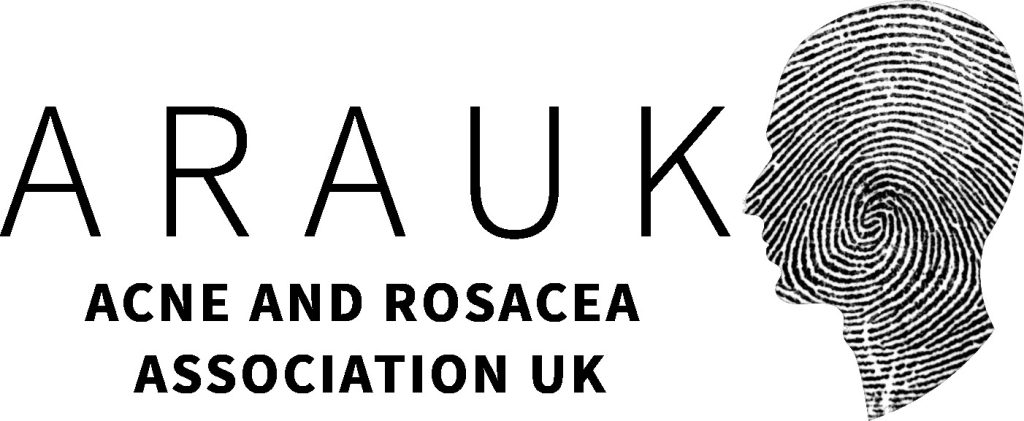It used to be a procedure reserved for Beverly Hills housewives, but now Botox, hailed for its minimal invasiveness and drastic results, is pretty commonplace. And these days, 20- and 30-somethings are depending on the injections to treat and prevent lines and wrinkles. In fact, the American Society of Plastic Surgeons reports that Botox injections have increased by as much as 750 percent since the year 2000. What’s more, in 2015, plastic surgeons saw a 64 percent increase in patients under 30 getting injectables or cosmetic surgery, according to the American Academy of Facial Plastic and Reconstructive Surgery.

“Now that the procedure is less controversial, we’re starting to see young women view it as a preventative measure instead of a means to treat skin that’s already showing signs of aging,” says Gillian Rossborough, Clinic Manager here at Beyond Skin. If that’s the case, when should you get started, and what should you know before going under the needle?
For starters, here’s how Botox works.
Botox is an FDA-approved drug made up of Botulinum Toxins that temporarily blocked local nerve impulses that trigger contractions, when injected into facial muscles. The will help to soften lines and wrinkles and also prevents more lines from forming. A the skin ages, it loses elasticity and collagen will start the break down, constant muscle and skin contractions will create permanent creases in the skin. The FDA has approved Botox to be safe between the ages of 18-65 by a registered medical professional.
 What You Should Know About Getting Botox
What You Should Know About Getting Botox
In your 20s: To prevent wrinkles, some docs may recommend using Botox as early as your mid-to-late twenties to reduce facial muscle over-expression — a totally genetic thing, says Dr Tsiporra Shainhouse – a Beverly Hills Dermatologist. (Many women don’t have wrinkles in this decade and wearing SPF daily can help keep skin line-free.) If you’re considering using Botox in the future, think of your twenties as a training wheel period: It can help you train your facial muscles not to move as much to prevent future skin wrinkling. Just remember, Botox will affect the way your facial muscles move in general. This means it might feel funny when you try to make a particular expression. Don’t want that frozen face? Your practitioner can use a smaller amount of the botulinum toxin and also inject it more superficially, so it doesn’t go as deep into the skin, says Shainhouse, who notes that the frozen effect happens when too much product is used.
In your 30s: This is the decade when you normally start noticing some fine lines developing between your brows and around your eye area. Botox will soften and even erase many of the finer lines around this age, as long as you continue keeping up with this regimen every three months or so. If you’re only getting the procedure to look wrinkle-free for an event—ahem, your wedding, let’s say—or simply as a feel-good booster every now and then, you can space it out to every six months to save yourself the cost of an appointment.
In your 40s: At this age, your skin is thinning more rapidly, meaning  wrinkles are far more obvious. If you’ve not yet used Botox, your muscles have been contracting for a long time and you might have a few static wrinkles. Lines are more likely to have become etched in your skin even when you’re not moving the muscles underneath—not just dynamic ones that form only when you move your facial muscles. There’s also some mid-face volume loss (aka sagging) at this age, which Botox can help with, but your skin may not be perfectly smooth afterwards because of the changes in its quality and resilience. Again, you’ll want to keep up injections approximately every three months.
wrinkles are far more obvious. If you’ve not yet used Botox, your muscles have been contracting for a long time and you might have a few static wrinkles. Lines are more likely to have become etched in your skin even when you’re not moving the muscles underneath—not just dynamic ones that form only when you move your facial muscles. There’s also some mid-face volume loss (aka sagging) at this age, which Botox can help with, but your skin may not be perfectly smooth afterwards because of the changes in its quality and resilience. Again, you’ll want to keep up injections approximately every three months.
The bottom line: You don’t need Botox. Wrinkles are a part of the natural aging process, after all. But if it’s something that interests you, discuss it with your practitioner so that you can come up with a treatment plan that won’t leave your face looking stiff as a board.
If you would like to find out if Botox is the right choice for you, click here to book a consultation with our injectable consultant to explore your options.





